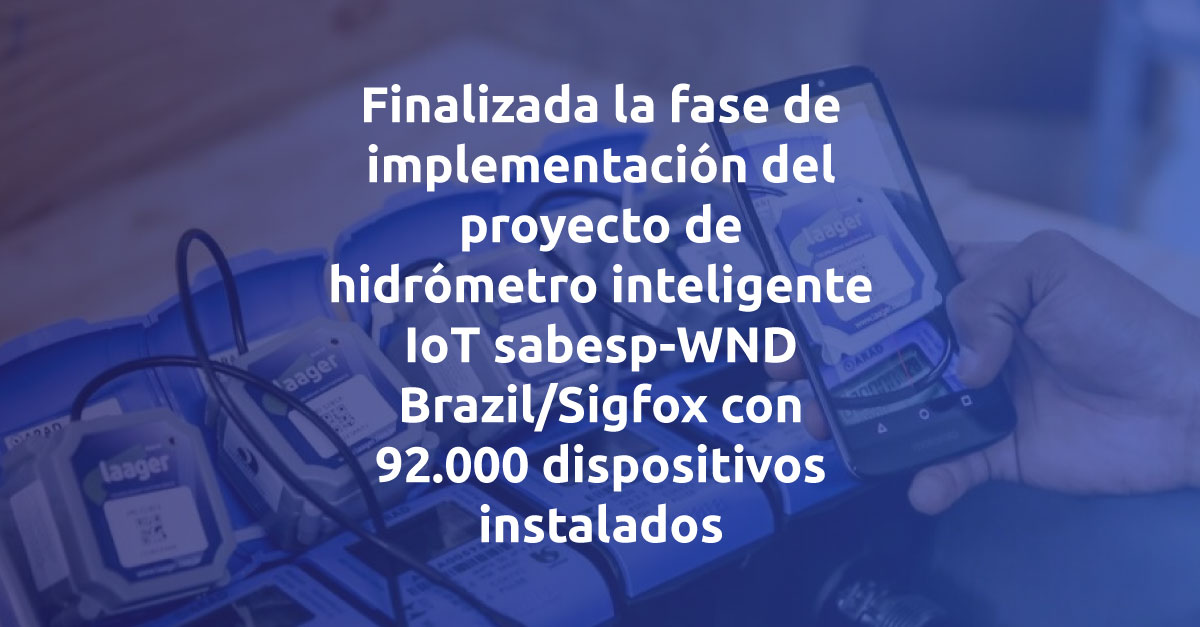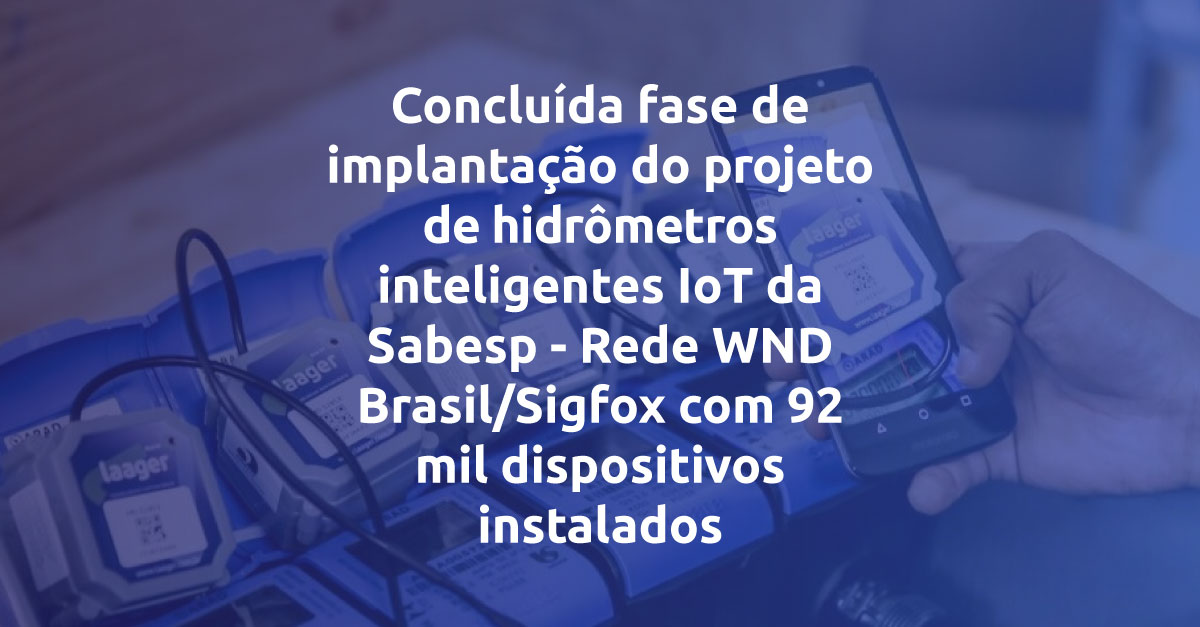Source: EE Times
By
The founder of a technology and business consulting firm describes a project mapping the ocean floor off the coast of Massachusetts using a Sigfox network.Producing more than half of the world’s oxygen and almost 200 billion pounds of seafood each year, the oceans are incredibly important to our livelihood, so we need to understand how they are changing. To date, getting visibility on ocean conditions, in particular the ocean floor, has come with a high cost for sensors and delays in data reporting.
The Massachusetts Lobstermen’s Association currently has 1,800 members fishing out of fifty-two ports using more than 300,000 traps off the state’s 192 miles of coastline. Lobstermen have a mass of traps reaching the ocean floor regularly, but they were not equipped with the technology to track valuable data regarding the ocean’s health, the habitat of shellfish.
A project called LobsterNet looks to address these challenges for the marine industry. The goal of LobsterNet is to understand more about lobster habitats, as well as to monitor the ocean’s health by tracking conditions such as pH level, temperature and biological contaminants.
To overcome the project’s unique challenges, my company, Gloucester Innovation, set out to create devices that could help. We build systems and businesses for marine, robotics and biotech applications. For LobsertNet, we needed a solution that could transmit data from sensors to shore without any disruption to the lobstermen, and do so cost efficiently.
Traditionally, sensors deployed in the oceans have used satellite technology to transmit data. However, the satellite sensors are expensive, and they only transmit data when the sensors are recovered which could be months.
Seeking an alternative, Gloucester Innovation met with representatives from Sigfox. We found Sigfox’s low-power, wide-area network would be able to transmit small bits of data from sensors with a tiny, low power chip and budget-friendly connectivity costs. Signals extend more than 20 miles off shore, so the network can send data when lobster traps are pulled out of the water.
The low profile sensors simply attach to the traps and do not impede the lobstering process. When the traps are raised to the surface each day the sensors automatically transmit data gathered at the ocean floor.
Using Sigfox we gather ocean floor information in days rather than months, and with greater spatial resolution. As a result, we can help lobstermen better understand how conditions such as temperature affect lobster populations and migration. That enables lobstermen, who have a short fishing season, to find the most productive grounds to fish.
Gloucester Innovation uses the collected data to create a map of the ocean floor, providing a deeper understanding of how it is changing and insights that will help in global conservation efforts. Ultimately, we aim to map the entire coast of Massachusetts, providing expansive insight into the ocean’s health and help the blue economy sustain our valuable oceans.
— Ric Upton is the founder of Gloucester Innovation.



